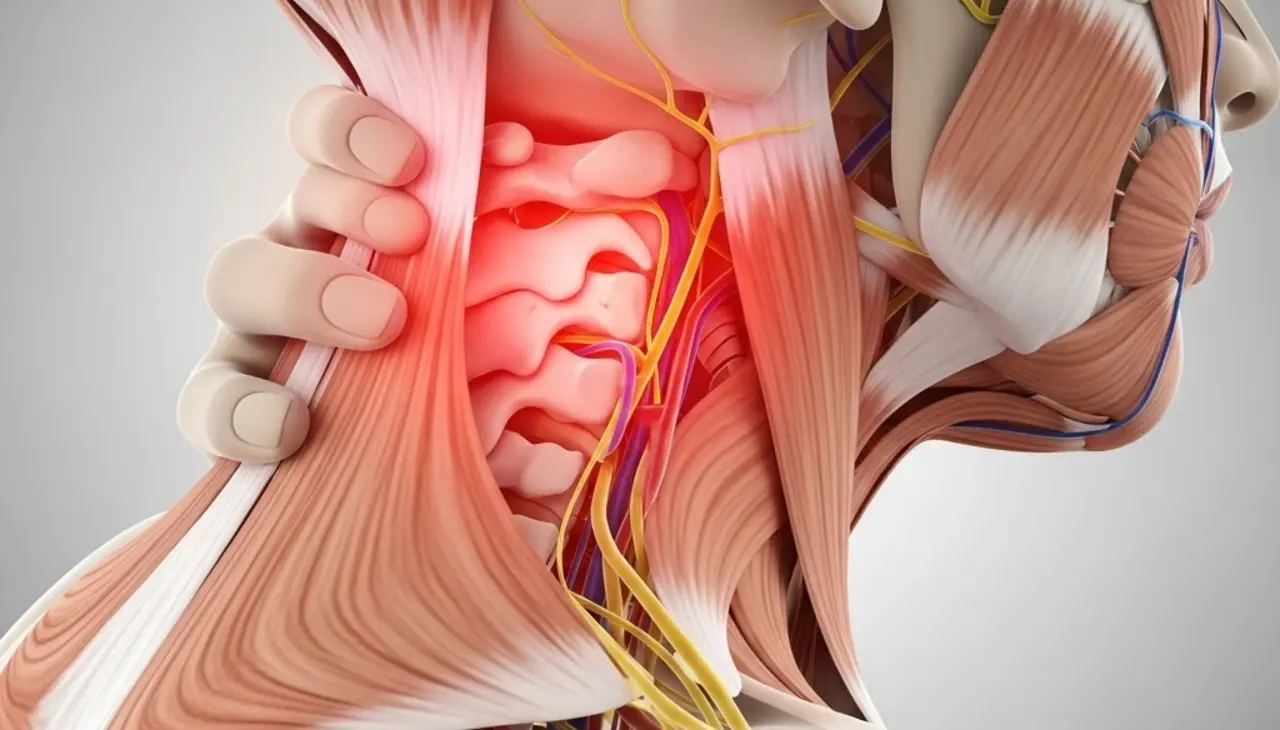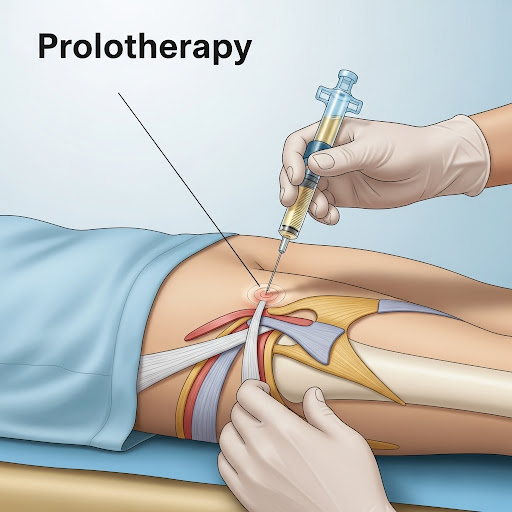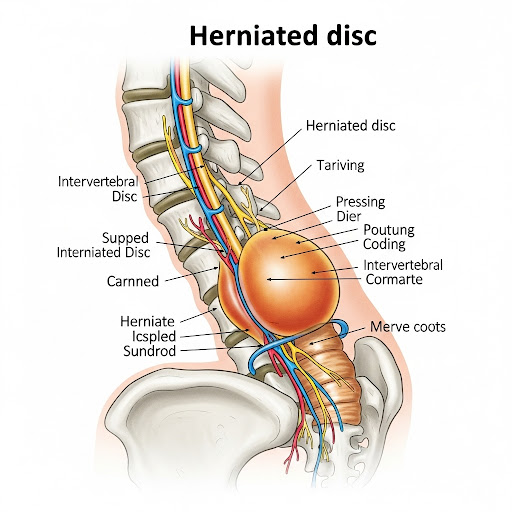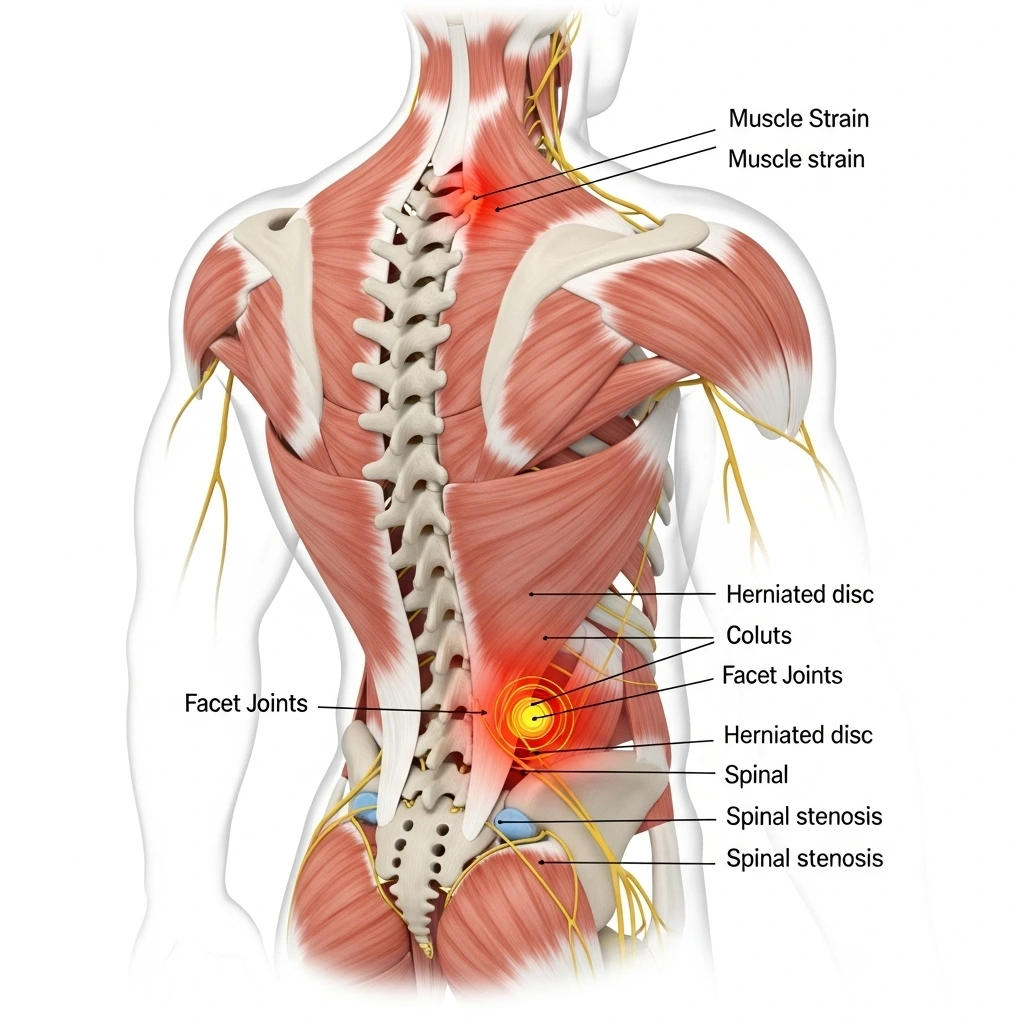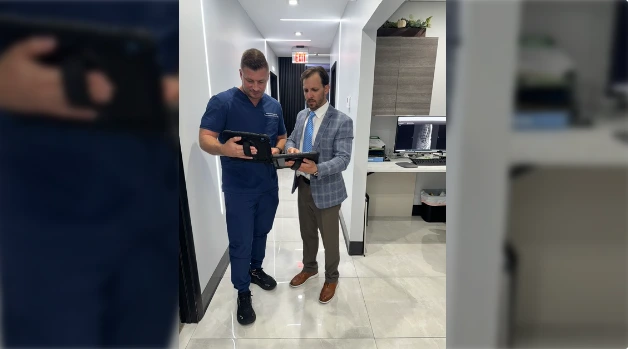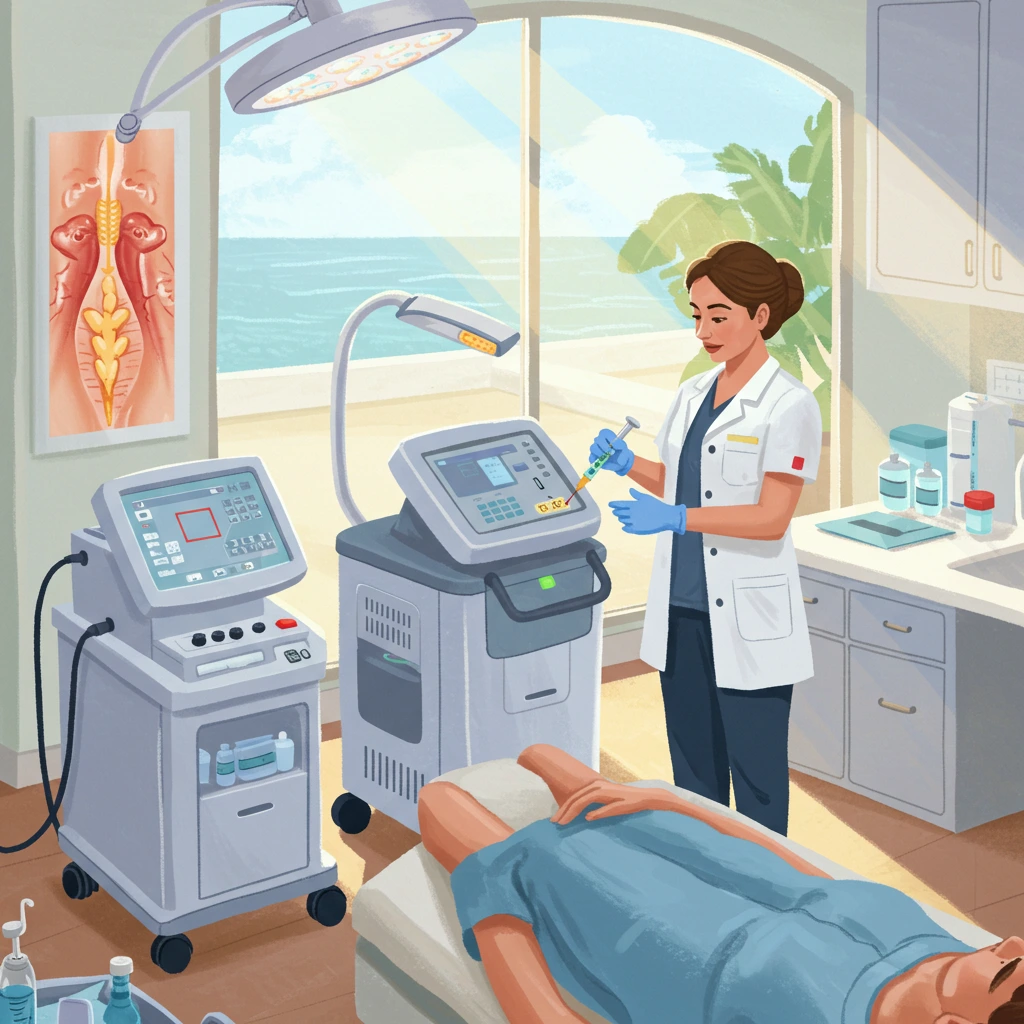Arm yourself with effective strategies and tactics to defeat trigger finger and reclaim pain-free movement in your fingers.
Introduction:
Trigger finger(TF) can significantly affect hand mobility and hinder everyday activities. In this article, we will explore various strategies and tactics that can help you overcome trigger finger and regain pain-free movement. Furthermore, with the expertise of the Institute of Regenerative Orthopedics & Sports Medicine in ultrasound-guided trigger finger release, you can trust in receiving the highest level of care and expertise.
Understanding Trigger Finger:
To effectively combat TF, it is essential to understand the condition. First of all, TF occurs when the flexor tendon sheath in the finger becomes inflamed and constricted, resulting in difficulty in finger movement. Also , it is often caused by repetitive hand motions, certain medical conditions, or hand trauma. At last, familiarizing yourself with the anatomy of the finger and hand related to trigger finger will provide valuable insights into the condition’s mechanisms.
Recognizing Trigger Finger Symptoms:
Early recognition of TF symptoms is crucial for prompt treatment. Common signs include finger stiffness, pain, popping or clicking sensations, and difficulty straightening the affected finger. Differentiating trigger fingers from other hand conditions, such as arthritis or carpal tunnel syndrome, is essential for accurate diagnosis.
Diagnosing Trigger Finger:
A medical professional will perform a physical examination to assess finger mobility and perform specific tests to confirm the TF diagnosis.Furthermore, in some cases, diagnostic imaging techniques like ultrasound or MRI may be utilized to provide a more comprehensive evaluation. The Institute of Regenerative Orthopedics & Sports Medicine specializes in accurate diagnosis, ensuring that you receive the appropriate treatment.
Non-Surgical Strategies and Tactics:
Non-surgical approaches are often the initial line of treatment for TF. Resting the affected hand, modifying activities to avoid triggering movements, and utilizing nonsteroidal anti-inflammatory drugs (NSAIDs) can provide relief. In addition , hand exercises and stretches may also help maintain flexibility, while splinting or immobilization techniques provide support and protection. The Institute’s expertise in non-surgical approaches ensures tailored and effective treatment options.
Medications for Trigger Finger:
In certain cases, medications may be prescribed to manage TF symptoms. Oral corticosteroids and local corticosteroid injections are commonly used to reduce inflammation and relieve pain. However, potential side effects and individual considerations should be discussed with a healthcare professional. Medications can play a supportive role in the overall management of trigger finger.
Ultrasound-Guided Trigger Finger Release:
The Institute of Regenerative Orthopedics & Sports Medicine specializes in ultrasound-guided trigger finger release, a minimally invasive procedure offering precise treatment. This technique involves using ultrasound guidance to visualize the affected tendon sheath and precisely release the constricted area, alleviating symptoms and restoring finger movement. The benefits of ultrasound guidance include increased accuracy and reduced risk of complications.
Surgical Treatment Options:
In more severe cases or when conservative measures fail to provide relief, surgical intervention may be necessary. Open release surgery involves making an incision to access and release the affected tendon sheath, while percutaneous release surgery utilizes a needle-like instrument to perform the release through a small puncture. Rehabilitation and post-surgery care are vital for optimal recovery. The Institute has expertise in surgical interventions and can guide you through the process. Furthermore we are experts in the ultrasound guided trigger finger release.
Complementary Therapies:
Complementary therapies like acupuncture, physical therapy, herbal remedies, and chiropractic care are often explored to complement traditional treatment approaches. While evidence supporting their effectiveness varies, some individuals may find these therapies beneficial. It is important to consult with a healthcare professional and explore evidence-based options.
Lifestyle Modifications and Preventive Measures:
Incorporating lifestyle modifications can support TF management and prevent recurrence. Maintaining hand hygiene, practicing proper ergonomics, and avoiding repetitive hand motions are essential. Additionally, maintaining a healthy weight, following a balanced diet, and engaging in exercises that promote joint and tendon health can contribute to long-term symptom management. The Institute places emphasis on preventive care to help you maintain optimal hand health.
Coping with Trigger Finger Emotionally:
Living with TF can have an emotional impact. It is important to acknowledge the challenges and seek support from healthcare professionals and support groups. In the other hand, exploring stress-management techniques and maintaining a positive outlook can help you cope effectively with trigger finger’s impact on your daily life.
Conclusion:
Defeating trigger finger and reclaiming pain-free movement in your fingers requires a comprehensive approach. In addition, by arming yourself with effective strategies and tactics discussed in this article, you can navigate your way to a pain-free life. Remember to seek professional help from the Institute of Regenerative Orthopedics & Sports Medicine in Fort Lauderdale, FL, where their expertise in ultrasound-guided trigger finger release ensures the highest level of care and successful outcomes. Finally, take control of your hand health and embrace a future free from TF’s limitations.


